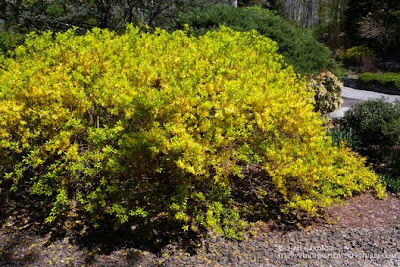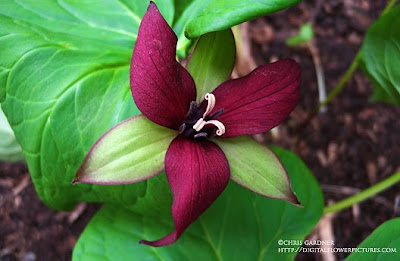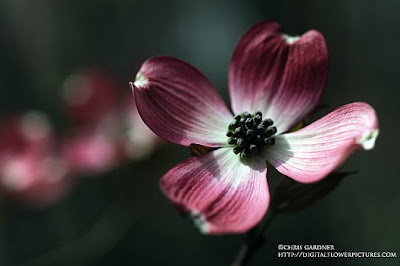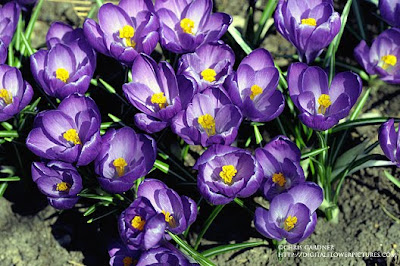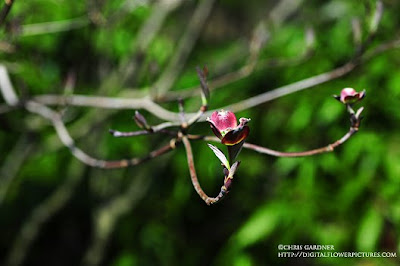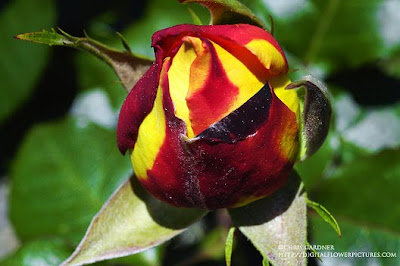 Zonal Geranium
Zonal GeraniumPelargonium x hortorum 'Crystal Palace Gem'
(pe-lar-GO-nee-um) (hor-TOR-um)
Synonyms: Fancy Leafed Geranium, Fish Geranium, Horseshoe Geranium
This picture was snagged at a local wholesale nursery while waiting in the check out line. The chartreuse and green leaves were really an eye catcher and this specimen had been trained into a little tree making getting the picture easy. The flower color was bold and set off nicely against the foliage. This is certainly a time tested variety of Geranium having been introduced in 1869. The cultivar name 'Crystal Palace Gem' is named after the elaborate glass building designed for London's Great Exhibition.
 Picture showing the unique foliage of 'Crystal Palace Gem' Geranium
Picture showing the unique foliage of 'Crystal Palace Gem' Geranium It is always amazing to me when a plant can last in the trade for that long. It seems it must have been doing something right. It was lucky that there had been a freeze advisory the night before so everything tender was piled into the greenhouse. It was a really nice show and there were quite few fragrances lingering about. Last night the adjacent county (Litchfield) had a freeze warning but it is going to straighten out around here over the next few days with much warmer temperatures. It has been really windy and cold the last couple of days.








